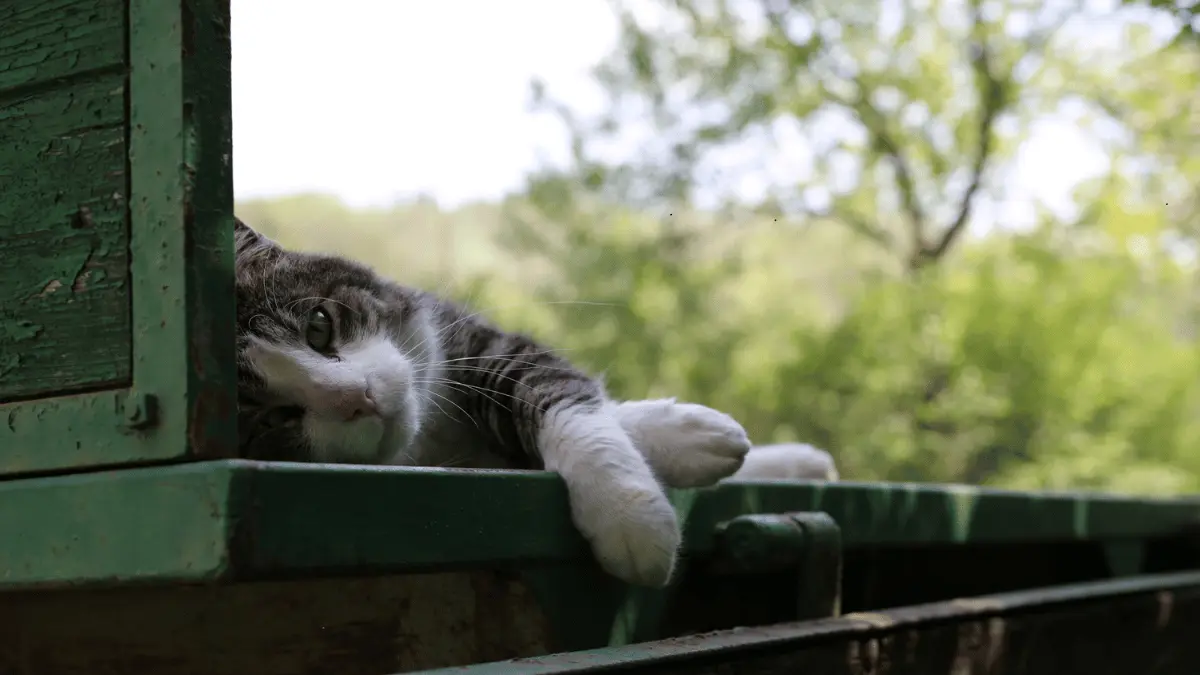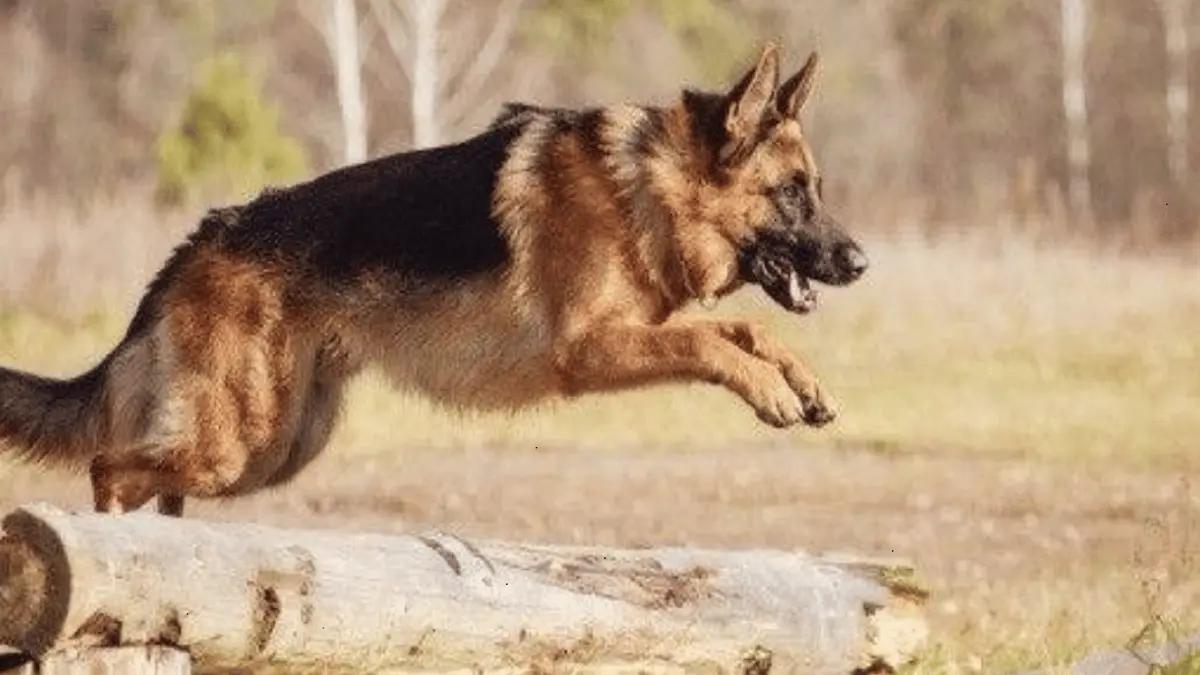Children & Dogs – How They Can Live Together
Children and dogs can make great companions – but only if they learn to live together safely. Here are some tips on how to help your child and your dog get along and avoid accidents or injuries.
- Supervise all interactions between children and dogs
- Teach your child how to approach and touch a dog calmly and gently.
- Never leave a child alone with a dog, even for a minute.
- Make sure your dog has a safe, comfortable place to retreat when he needs time alone.
- Be aware of the body language of your child and your dog, and look for signs of either one getting agitated or uncomfortable.
- Always supervise young children around dogs, even if familiar to them. Dogs can be unpredictable, and even the friendliest dog may accidentally injure a child if they’re not used to being around them.
It’s important to teach your child how to interact with dogs safely. They should always approach a dog calmly and gently, without sudden movements. They should also let the dog sniff them before trying to touch them.
Never leave a child alone with a dog, even for a minute. Dogs can become restless or bored and may start to chew on things or play too roughly. If you need to leave the room for any reason, put your dog in another room or crate first.
Make sure your dog has a safe, comfortable place to retreat when he needs time alone. This could be a bed in a quiet room corner or his crate. Dogs need to be able to escape from situations that make them feel anxious or stressed.
Be aware of the body language of both your child and your dog. If either one seems agitated or uncomfortable, it’s time to take a break from playing. Dogs may start to growl, snap at the air, or try to hide behind furniture. Children may begin to scream, hit, or pull on the dog’s fur.
With a bit of patience and understanding, children and dogs can learn to live together safely and happily. By supervising their interactions, teaching your child how to interact with dogs safely, and providing a safe space for your dog, you can help prevent any accidents or injuries.
All the adults who have lived with a pet in our childhood continue to preserve that unforgettable memory: He was my other brother! He was my best friend! He was my playmate! He was my confidant! He entered my life and never left again, and he left his mark! Growing up with a pet means you can no longer conceive a family without it.
Can we have a puppy?
If you already have your own family and your children are old enough to speak, indeed they have already asked you that question. Take it very seriously if they’ve been asking you for a dog companion. It may be the ideal time to expand your family and allow that special and spontaneous bond between children and animals to be built.
Pets play a very positive and enriching role in the emotional life of children, resulting in multiple socio-educational benefits for the whole family. With the help of pets, parents can teach their children important values such as confidence, self-esteem, responsibility, and friendship. The little ones in the house understand that animals, like themselves, require care, respect, and attention. For this reason, children are willing to dedicate part of their time to taking care of their dog, to give up a toy to give it to their “friend,” to get up early to take it for a walk, in short, to make efforts that enrich them as little people. Healthy habits can even contribute to better school performance.
The family, in turn, benefits from a better development of communication and internal coexistence; the pet becomes a meeting point between parents and children that encourages the sharing of standard time, of higher quality, during training sessions, walks, preparing meals, etc.
However, each family knows its limitations and capabilities well, and it must not be forgotten that dogs are neither toys nor instruments! Taking care of your pet will require the work, organization, and commitment of the whole family so that you can enjoy the many benefits that living together brings you.
Following some essential tips will help you achieve this:
- Choose the breed of dog that best suits your family according to the breed’s temperament, the animal’s size, the type of hair, and the needs of its lifestyle.
- Educate the dog and the children in a bidirectional way, teaching both the basic rules they must know to interact with each other.
- Socialize the puppies during the first three months of life.
- Cover the basic needs of the dog. A well-groomed and healthy dog will be a happy dog; if you keep it that way, it will be more affectionate and bond more closely with your children.
- Take care of the cleanliness of their utensils and toys (bed, dolls, leash, etc.).
- Ensure your hygiene with regular baths, daily brushing, and rigorous dental cleaning to prevent disease.
- Maintain the periodic check-ups and vaccinations your veterinarian plans for you and follow his indications regarding the Double Monthly Protection, externally protecting the dog against fleas and ticks and internally against worms.
The dog will not just be one of the family, but some studies suggest that we can speak of the “relationship of children with their pets” in the same way that we speak of “the relationship between siblings.” Quite a challenge, fascinating for parents, and enriching for the family’s little ones.














